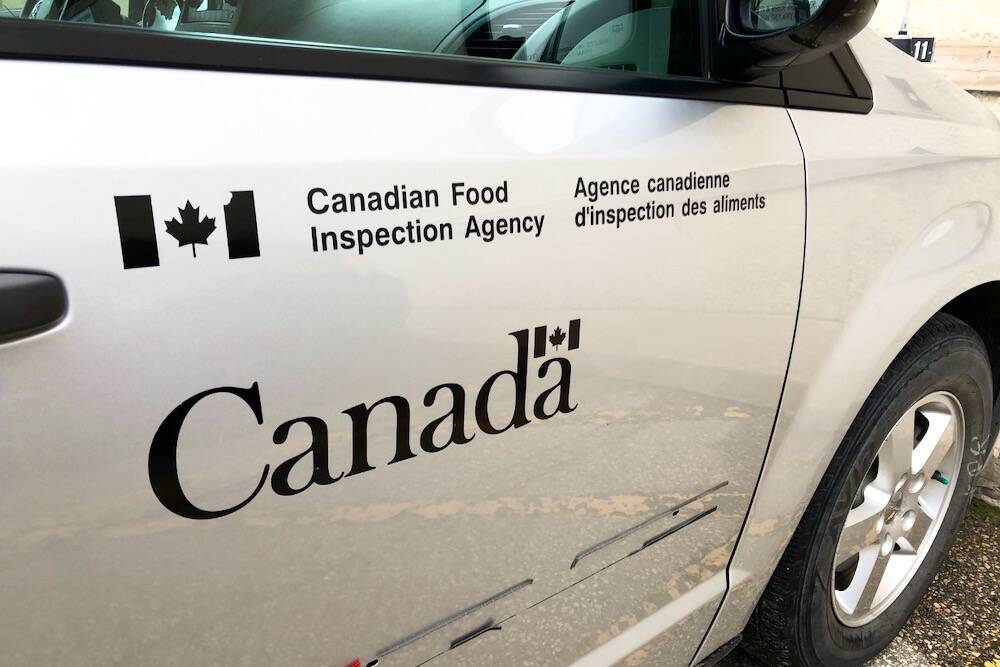Canada’s grain promoters see West Africa as a growing market.
And the worries about problems with Canadian crop consistency and low gluten strength appear to be receding.
“I think in large part any concerns have been really dispelled,” said Dave Burrows, Canadian International Grains Institute’s chief operating officer, who visited Ghana and Ivory Coast in December.
“There’s still a healthy concern that Canada maintains the quality status it has enjoyed, but there isn’t a concern in terms of Canada being able to meet the needs of customers.”
Read Also

B.C. ostriches culled, CFIA confirms
Ostriches on an embattled Edgewood, B.C. farm have been culled after a prolonged legal battle, the Canadian Food Inspection Agency has confirmed.
Recent crop missions gave Canadian crop promoters a chance to talk about the crops the country has in stock, plus discuss new developments and hear about problems.
In the first years after the CWB monopoly was ended, Canadian crop quality and consistency frustrated buyers. Many became concerned that Canada was losing its dependability, after shipments seemed to vary more widely from specifications than in the past.
It was hard for the industry to identify the source of the problems, because the CWB dissolution was combined with horrific transportation problems that made deliveries both late and hard to coordinate.
At the same time, many customers complained about low gluten strength in some Canadian wheat shipments. That problem was tied to widespread growing of varieties that tended to have low gluten.
Burrows said West African buyers were happy to hear about efforts to eliminate the low gluten strength issue.
“Customers thought that was great, because it (showed that the industry is) protecting the quality of Canadian wheat,” said Burrows.
“We heard about (the problem), but not nearly to the extent that we heard about it a couple of years ago.”
In recent years, low priced wheat from the Black Sea region has occasionally moved into the West African market, but Burrows said it doesn’t appear to be significant competition for Canadian sales. Canadian wheat is sold as high quality material used to blend-up other supplies local millers are using.
“It’s never going to replace Canadian wheat,” said Burrows.
“The quality of their wheat is not nearly the same as the quality of Canadian wheat.”
Burrows also said Black Sea wheat isn’t steadily promoted or supported in the West African market, leaving opportunities for Canada’s more intensive customer-outreach efforts like the new crop missions.
“I don’t think they’ve been consistent with their efforts,” said Burrows.
“It’s recognized for what it is.”
Contact ed.white@producer.com















